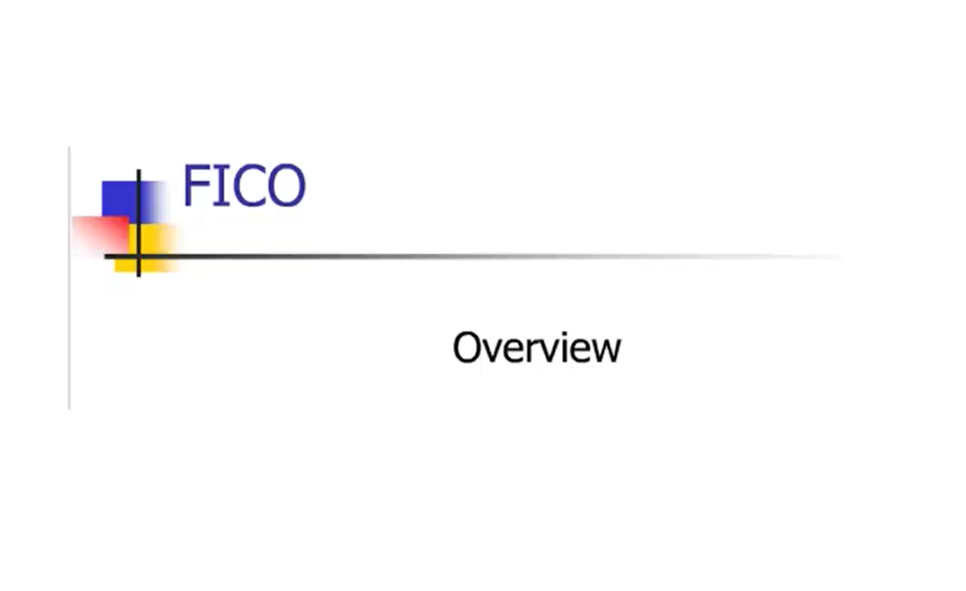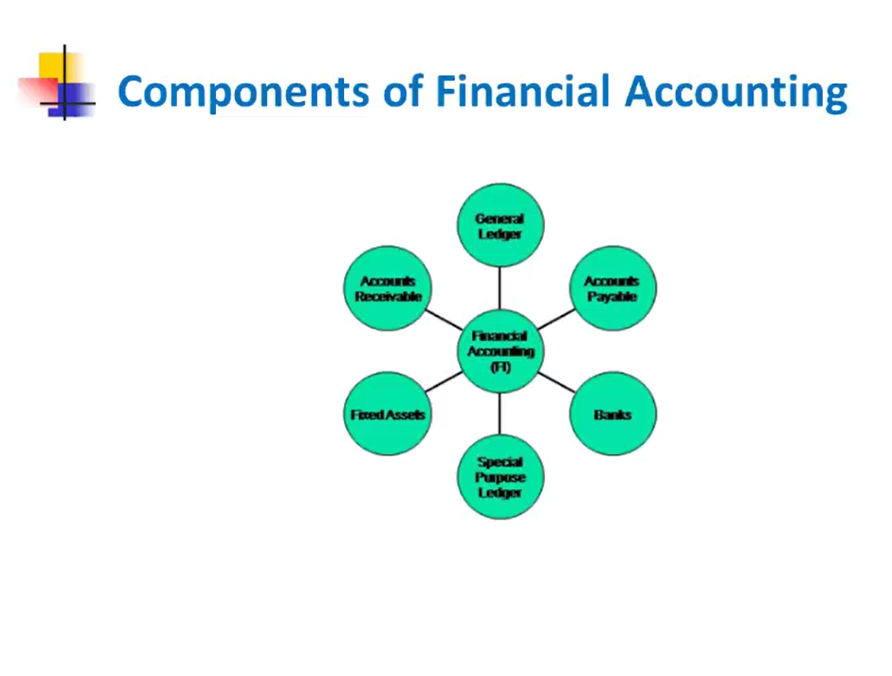
Overview of SAP FICO: Financial Accounting and Controlling in SAP
What is SAP FICO
SAP FICO stands for SAP Financial Accounting (FI) and SAP Controlling (CO). Together, they form a robust financial management module within the SAP ERP system. The SAP FI module has the capability of meeting all the accounting and financial needs of an organization. It is within this module that the financial managers as well as other managers within the business can review the financial position of the company in real-time as compared to the legacy systems, i.e. a third-party system, which oftentimes require overnight updates before financial statements can be generated, which are then run for the management review. For this purpose, the SAP FI module was introduced, where all the records of the financial managers as well as the other managers within the business are kept, and they are then compared with the legacy system of the business with the real-time management system.
Thank you for reading this post, don't forget to subscribe!Functionality of the SAP FI module
The real-time functionality of the SAP module allows for better decision-making and strategic planning. The FI (Financial Accounting) module integrates with other SAP modules such as Material Management (MM), Production Planning (PP), Sales and Distribution (SD), Plant Maintenance (PM), and Project Systems (PS).
In the SAP FI module, we have several submodules, including:
- Accounts Receivable and Payable
- Asset Accounting
- Bank Accounting
- Consolidation
- Funds Management
- General Ledger (GL)
- Special Purpose Ledger
- Travel Management
Understanding Financial Accounting (FI) in SAP FICO
Financial accounting is designed to collect all the necessary data needed to support the preparation of financial statements for external users.
Under SAP Financial Accounting, we have the general ledger reporting. This is a legal or external reporting. It contains all the records of a particular employee related to their income statement, balance sheet, bank details, financial position, and external or legal reporting documents.
We also have external accounting, where information based on financial positions, profit and loss statements, i.e., income statements, and balance sheet statements is provided to external stakeholders. External parties who rely on this accounting data include: bankers & lenders, stockholders, external auditors, taxing authorities/IRS for taxation, and third-party systems (legacy or secondary systems).
In Financial Accounting (FI), we have components such as the general ledger, accounts payable, bank statement, special purpose ledger, fixed assets, and accounts receivable.

Within Financial Accounting, we will cover the following key components:
- General Ledger
- Balance Sheet (Assets, Liabilities, Equity)
- Income Statement (Revenues, Expenses)
Let’s begin by understanding the core concepts of financial accounting.
General Ledger (GL)
The General Ledger provides a complete record of all “acceptable” business transactions from the viewpoint of an accountant. An acceptable business transaction has the following characteristics:
- Affects the final position of the entity
- Measurable in a currency
- Affects at least two accounts (following the double-entry principle)
- It has a combination of liabilities and equity, Assets = Liabilities + Equity
- Involves debits and credits.
The General Ledger provides a complete record of assets, liabilities, equity, revenues, and expenses.
Balance Sheet
The Balance Sheet is a statement containing the assets and liabilities of a company, prepared at the end of a financial year to show the financial position of the company. Once a company has a target to be achieved and a memo for that particular target has been prepared, at the end of the financial year, a financial report is prepared to show the position of the company, i.e., where the company stands in the market. It contains a combination of assets and liabilities.
Assets
Assets are valuable resources that a company owns or controls, which accountants agree to measure in monetary terms. These can include:
- Cash
- Accounts Receivable (money owed to the company)
- Plant and Equipment
- Inventory (goods held for sale)
Liabilities
Liabilities represent what a company owes to others or services it must provide to settle obligations, also measured in monetary terms. Examples of liabilities include:
- Accounts Payable (money the company owes to suppliers)
- Notes Payable
- Bonds Payable
- Unearned Revenue (money received for services not yet rendered)
Equity
Equity is simply the mathematical difference between assets and liabilities. It includes:
- The monetary amounts collected from preferred and common stock transactions
- The aggregate net income reported since the inception of the company
- A reduction for dividends that have been paid to stockholders
All this information is contained in a balance sheet, and a sheet is prepared for that company to show where the company’s position stands at the end of the financial year.
Income Statement (Profit and Loss Statement)
The Income Statement, also known as the Profit and Loss (P&L) statement, is prepared at the end of a financial year. It summarizes the expenses incurred and income received over the entire fiscal year, providing a clear picture of the profit gained by the company. The income statement focuses on revenues and expenses.
Revenues
Revenues represent the monetary amounts collected from customers in settlement for goods purchased from the company or services rendered by the firm during the current fiscal year. It means the income or profit gained from the company’s operations.
Expenses
Expenses refer to the amounts paid to vendors in settlement for goods purchased by the company or services rendered to the firm by other companies during the current fiscal year. These are the costs incurred in the process of generating revenue.
Together, revenues and expenses make up the income statement for a particular organization or company.
